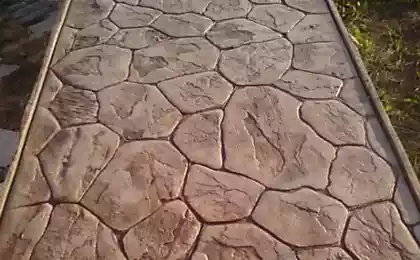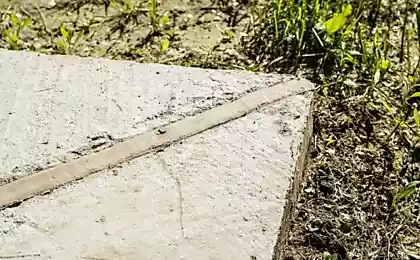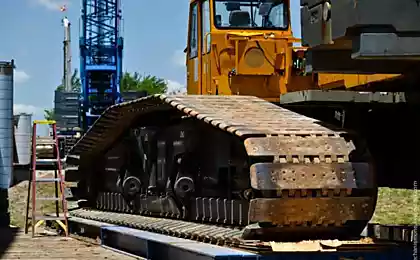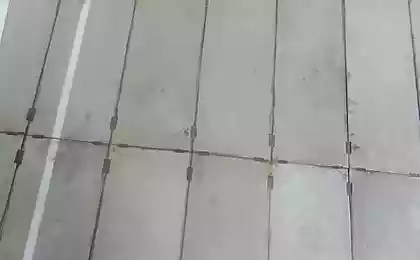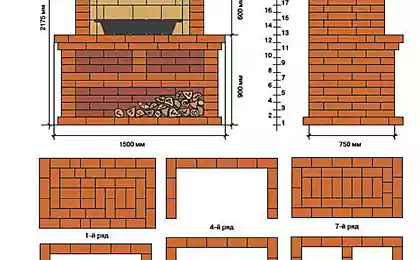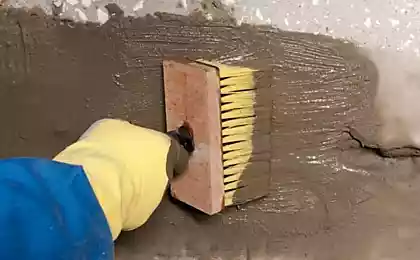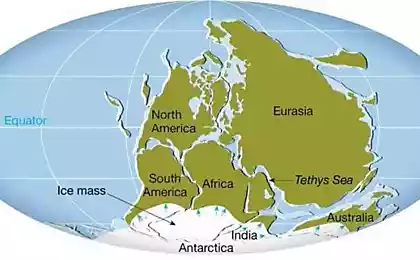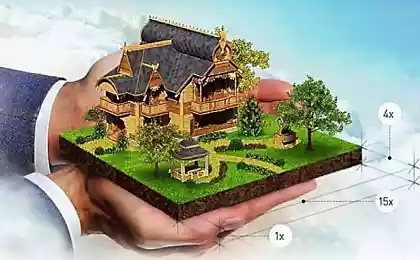137
The paint on the concrete or shallow do not need
A pavement is a waterproof coating (usually concrete or stone), located around the perimeter on the outside of the house.
Lay the bridge at the final stage of construction of the building. Moreover, they consider it a mandatory element that performs not only a decorative function, but also adds strength to the building, and also diverts water from the foundation. Is that true? Do you need a pavement? really?
We're in the newsroom. "Site" They were interested in this issue, because they heard the opinion that laying a window is not always necessary. Moreover, in some cases, the pavement only adds headache to the owners of the site. Then it ripped, then it swelled, then it cracked, then mold appeared. Just a problem.
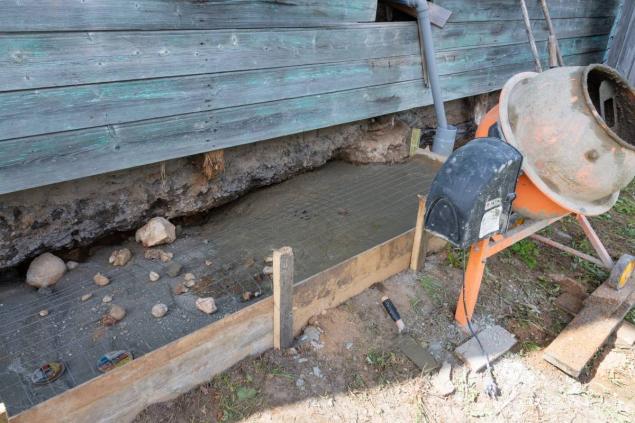
In most cases, around our houses carefully laid concrete pavement. Among the advantages of this solution, builders note, for example, the diversion of water and the addition of strength to the foundation. In addition, on such a concrete path you can approach any part of the house.
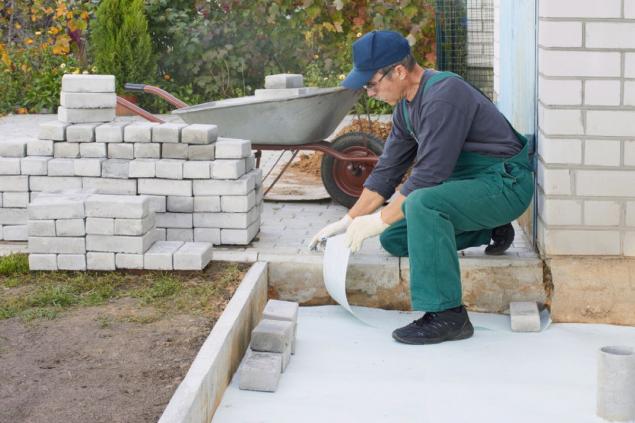
“Indeed, we believe that a pavement around the house is necessary. And so believe not only professional builders, but also ordinary people. But practice shows that a pavement is not always needed, notes architect Gleb Kalyuzhnik.
“Suppose we dug a pit in clay soil and made a foundation. To make a pavement, you need to fill the sand and rubble, concrete and lay the tile. As a result, all the water from the surroundings is collected in a kind of trough under the house. Then the moisture evaporates. When we have a waterproof concrete pavement, the moisture evaporates under the house, says the specialist.
View this post on Instagram
A post shared by Carpenter's House (@dom_plotnika)
At the same time, the architect notes that even in Soviet times, textbooks on the design of industrial buildings explained that the sinuses of the foundation should be “clogged with greasy and crumpled clay.” As a result, the water under the foundation itself will not fall.
And then they put a layer of soil on top, where they plant plants. Thus, it turns out that the flowers and shrubs go directly to the house and no screening is needed.
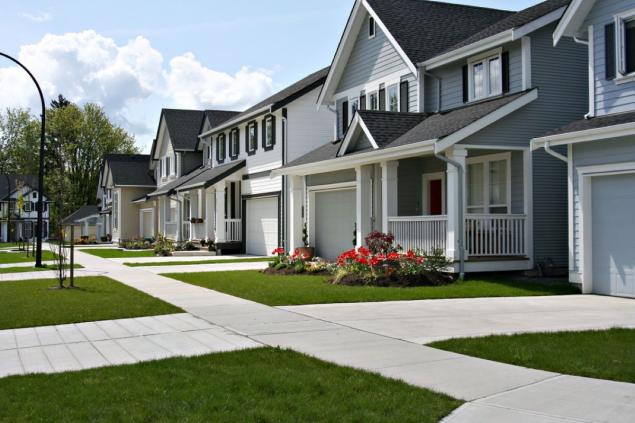
Gleb Kalyuzhnik notes that, for example, in England there is no word for “bridge”. The plants go straight to the basement of the house. A similar story in Finland. Instead of heavy waterproof concrete slabs, ordinary gravel is enough.
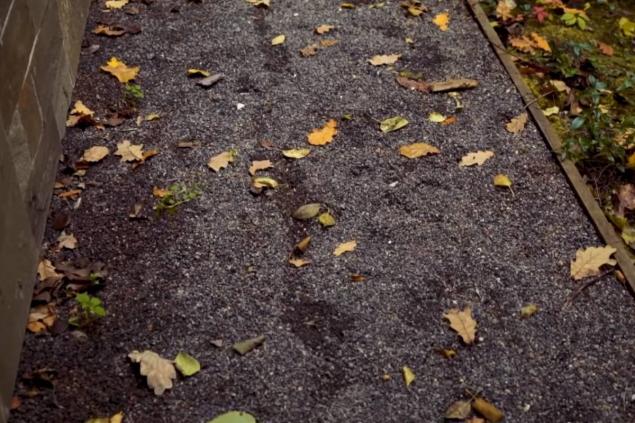
How to do so to do without concrete, but that everything breathes and ventilates? Around the house build a drainage system that takes all the excess moisture. For the base take sand and rubble. If the drainage system to do for some reason is impractical, the sinuses of the foundation, as according to Soviet precepts, filled with clay.
Then a layer of sand of 5-10 cm is poured on top and trampled to fill all the voids. And on top you can sprinkle bark, gravel or special mixture.
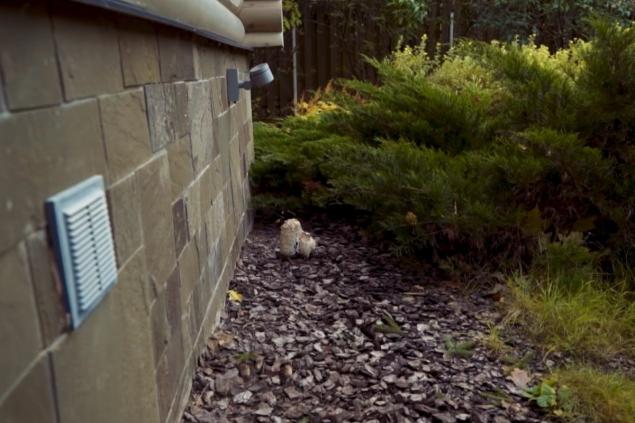
Although sometimes the bridge is still necessary. For example, if the house has a low base, then in winter it is necessary to regularly remove snowdrifts so that the walls are not saturated with moisture. And clean the snow in the presence of a window in this case is much more convenient.
The architect also notes that a pavement is needed in the case when the house has a basement (basement) floor with windows. As a rule, such windows are located only a couple of tens of centimeters above the ground. And of course, in winter you also have to remove the snow, because otherwise the windows will be constantly covered with snow.
View this post on Instagram
A post shared by sps-stroy platform (@sps_stroy)
As you can see, the concrete pavement is really not as mandatory as many believe. And why build something that will eventually collapse and require repair, if you can turn your eyes towards more interesting and simple solutions.
Lay the bridge at the final stage of construction of the building. Moreover, they consider it a mandatory element that performs not only a decorative function, but also adds strength to the building, and also diverts water from the foundation. Is that true? Do you need a pavement? really?
We're in the newsroom. "Site" They were interested in this issue, because they heard the opinion that laying a window is not always necessary. Moreover, in some cases, the pavement only adds headache to the owners of the site. Then it ripped, then it swelled, then it cracked, then mold appeared. Just a problem.

In most cases, around our houses carefully laid concrete pavement. Among the advantages of this solution, builders note, for example, the diversion of water and the addition of strength to the foundation. In addition, on such a concrete path you can approach any part of the house.

“Indeed, we believe that a pavement around the house is necessary. And so believe not only professional builders, but also ordinary people. But practice shows that a pavement is not always needed, notes architect Gleb Kalyuzhnik.
“Suppose we dug a pit in clay soil and made a foundation. To make a pavement, you need to fill the sand and rubble, concrete and lay the tile. As a result, all the water from the surroundings is collected in a kind of trough under the house. Then the moisture evaporates. When we have a waterproof concrete pavement, the moisture evaporates under the house, says the specialist.
View this post on Instagram
A post shared by Carpenter's House (@dom_plotnika)
At the same time, the architect notes that even in Soviet times, textbooks on the design of industrial buildings explained that the sinuses of the foundation should be “clogged with greasy and crumpled clay.” As a result, the water under the foundation itself will not fall.
And then they put a layer of soil on top, where they plant plants. Thus, it turns out that the flowers and shrubs go directly to the house and no screening is needed.

Gleb Kalyuzhnik notes that, for example, in England there is no word for “bridge”. The plants go straight to the basement of the house. A similar story in Finland. Instead of heavy waterproof concrete slabs, ordinary gravel is enough.

How to do so to do without concrete, but that everything breathes and ventilates? Around the house build a drainage system that takes all the excess moisture. For the base take sand and rubble. If the drainage system to do for some reason is impractical, the sinuses of the foundation, as according to Soviet precepts, filled with clay.
Then a layer of sand of 5-10 cm is poured on top and trampled to fill all the voids. And on top you can sprinkle bark, gravel or special mixture.

Although sometimes the bridge is still necessary. For example, if the house has a low base, then in winter it is necessary to regularly remove snowdrifts so that the walls are not saturated with moisture. And clean the snow in the presence of a window in this case is much more convenient.
The architect also notes that a pavement is needed in the case when the house has a basement (basement) floor with windows. As a rule, such windows are located only a couple of tens of centimeters above the ground. And of course, in winter you also have to remove the snow, because otherwise the windows will be constantly covered with snow.
View this post on Instagram
A post shared by sps-stroy platform (@sps_stroy)
As you can see, the concrete pavement is really not as mandatory as many believe. And why build something that will eventually collapse and require repair, if you can turn your eyes towards more interesting and simple solutions.
Spring jackets that smell mothballs per mile
Lazy “Napoleon” according to the recipe of the tempter Olga Matvey
